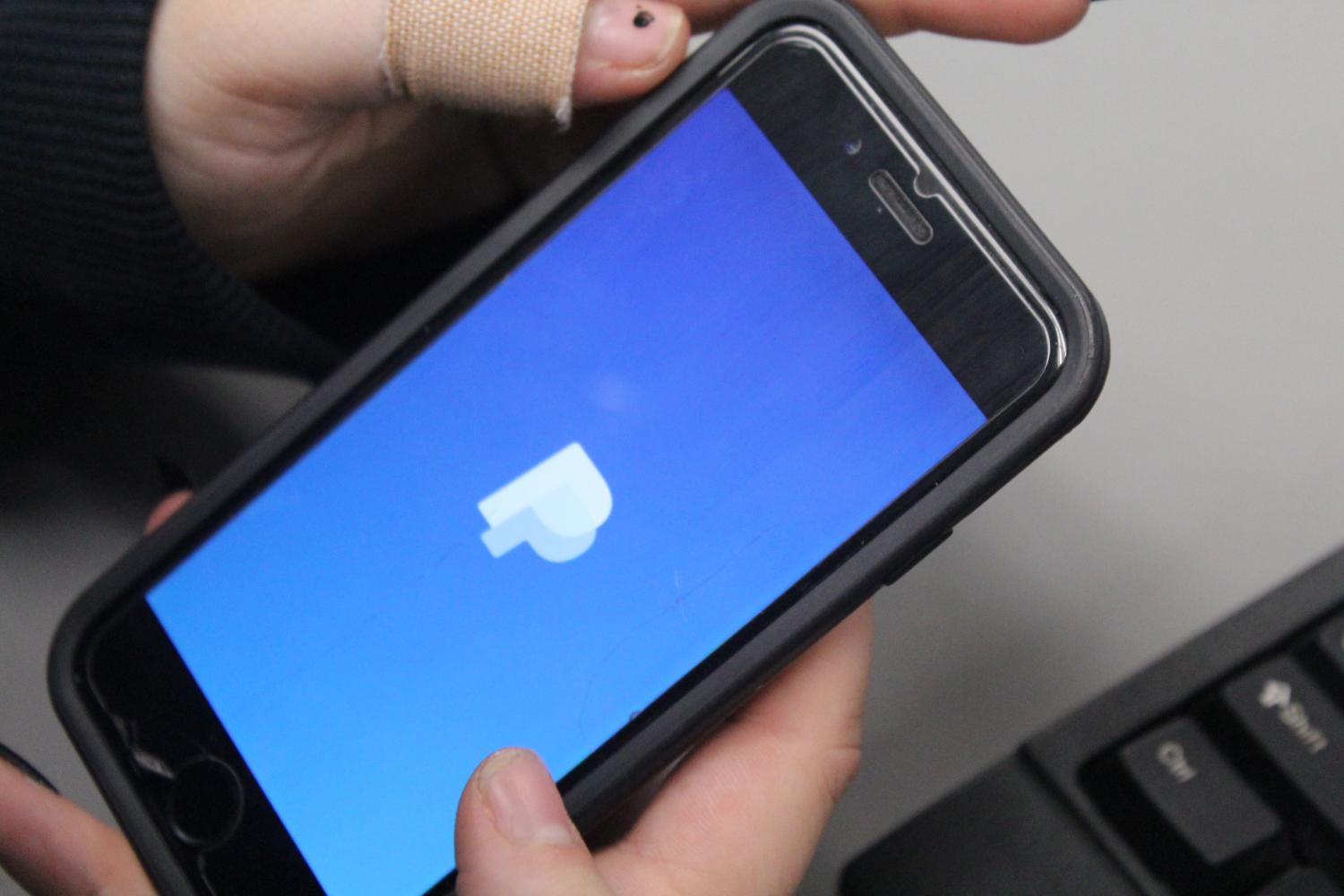Is it time to pay school fees online?
As our school races forward in technology, paying for activities falls behind
August 24, 2017
The technology industry is booming with new devices and apps and more are created everyday. Our school district alone has begun to get closer to the times with the changes in computers and whiteboards (thankfully, we don’t have to write on overhead projectors anymore).
However, as the rest of the school experience becomes more modernized, paying fees remains one of few archaic practices that still occur. Talking to Belinda Rivers, one of our school’s treasurers, she tells us how our school currently handles this problem.
“We have the Square for school fees,” Rivers said.
 The Square card reader has become extremely popular in recent years for giving small businesses and schools a way to accept card payments no matter where you are. However, Square takes fees from each transaction, making it difficult to use it for cheaper transactions in our school. Our school bookstore still runs purely on checks and cash for this reason.
The Square card reader has become extremely popular in recent years for giving small businesses and schools a way to accept card payments no matter where you are. However, Square takes fees from each transaction, making it difficult to use it for cheaper transactions in our school. Our school bookstore still runs purely on checks and cash for this reason.
Rivers also told us that our school also has a feature for fees for textbooks, choir and band to be payed through the website SchoolPay. The website allows you to create multiple children and then drop fees into a cart with the appropriate student that needs the fees paid. It seems like an efficient tool, but it’s doesn’t have much fame or accessibility in our school. With so little use in the grand scheme of our school experience it makes it seem like different, possibly more wide reaching methods should be utilized.
Paypal is a well-known business in which you can pay for nearly anything online. In order to reach a wider audience, they also offer service to schools. Paypal is more well known, making it easier to understand for parents or guardians that are less inclined to use technology when it comes to their hard earned money. The method in which fees would be paid would be extremely similar to SchoolPay, but there’s one major difference- the cost for the school to run the system.
For SchoolPay, the yearly fee is $500, along with an initial setup fee of $1,500. In contrast, Paypal has no setup fee and costs $29.99 a month, $360 annually. This means by using Paypal the township would save $140 per year on fees for an online payment service. Further, while using SchoolPay, parents have to pay a 2.99 percent transaction fee for the total plus $.30 per transaction. Paypal asks for $.30 per transaction as well, but only 2.20 percent transaction fee for the total amount of purchase. This is arguably a small and insignificant point of matter, but in a township with over 70% of children getting free or reduced lunch, cutting costs is extremely detrimental.
Donating money is another advantage of integrating Paypal into our school. Having an online option to donate to certain clubs or organizations adds ease to donors experience. According to a study done by Paypal, schools who use their website for donations see an increase of about $30 per donation given to the school and an extra 20 percent of donation participation. For a school who gets $10,000 of donations per year, that could result in an extra $3000 annually in donations.
Ease of access overall is the reason our school needs a more efficient way to pay our school fees. Having online methods allows for parents who aren’t in the country or otherwise aren’t able to give cash or checks to their children to be able to support their school endeavors. Global service allows donors from across the world to give to our community. If we change our online payment services, we can save money from our current system, receive more donations, and have more ease of access for paying our everyday fees. Perhaps it’s the right time for the change.



